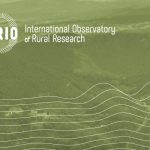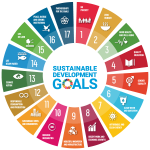The Sustainable Development Goals (SGD) were set by the United Nations General Assembly in 2015 with the intention of framing a new Agenda for sustainable development
In September 2015, the United Nations approved the Sustainable Development Goals to frame the global development agenda for the coming 15 years. These goals seek to end poverty, protect the planet, and ensure prosperity for all. The Agenda 2030 forms the new global development framework anchored around 17 Sustainable Development Goals (SDGs) with a total of 169 targets.

The adoption of the SDG’s reaffirms the UN’s commitment to sustainable development initially shown with the proposal of the Millennium Development Goals (MDGs) in 2000. Many people believe that the SDG’s were set because the MDG’s failed. Nothing could be further from the truth. The Millennium Development Goals Report 2015 states that significant and substantial progress has been made in meeting many of the targets. For example, the aim of halving the number of people living in extreme poverty was met five years before the deadline, and most countries have achieved gender parity in primary education, as well as remarkable gains have been made in the fight against malaria and tuberculosis.
But this report also points out that reducing inequalities still remains a challenge. Conflicts are one of the biggest barriers to development. About 50 percent of people living in rural areas lack improved sanitation facilities and there is still a long way ahead to achieve gender equality in several countries.
The Agenda 2030 ant the Sustainable Development Goals are a blueprint to continue making inroads in reducing inequalities. The Agenda 2030 has been adopted by civil society, organizations and nations to achieve an inclusive sustainable development, both globally and in every country and community.
Rural areas can be taken as an example in order to comply with the 17 Sustainable Development Goals. The current management model should be reviewed, and rural models should become strategic elements for sustainability. In recent decades, the rural sector of Ourense has been a model of innovation and a source of inspiration to work on SDG’s and sustainable development. We are about to embark on a fascinating journey. Let’s go!







